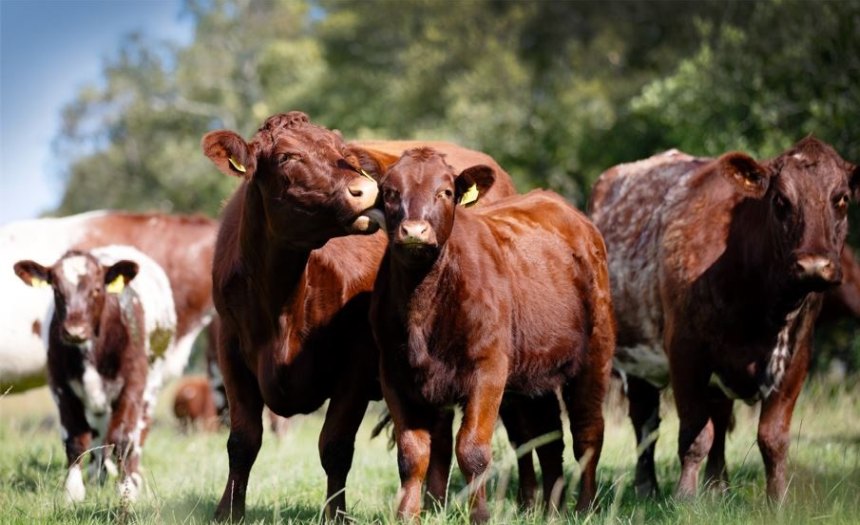
A new AHDB campaign is aiming to help drive profitability in farmers' suckler herds by putting a spotlight on maternal performance.
When it comes to raising the profit margin, the Maternal Matters campaign brings the focus away from carcase traits and back to the maternal performance of the cow.
The importance of maternal characteristics is underestimated in the English suckler herd, with only 82 percent of suckler cows producing a calf each year.
This is quite a different story from what is considered the norm in other countries such as the United States, Canada and Australia.
Improving suckler cow performance became the focus of Sarah Pick, who gained a 2019 Nuffield Farming Scholarship.
Sarah, who is now AHDB’s beef and lamb knowledge exchange manager, said: "I wanted to do this scholarship to better understand the key drivers of profitability and the practices other countries are implementing to reduce costs.
"Whilst undertaking my scholarship, what really surprised me was that each suckler farmer I visited had a clear breeding policy which focused heavily on maternal attributes.”
An economic study suggests that fertility is five times more important than growth rate and ten times more important than carcase quality to the suckler producer.
Another significant difference between suckler herds in the UK and others Sarah visited was the age at first calving.
“Calving heifers at two-years of age reduces costs whilst increasing the number of calves the cow produces over her lifetime," she explained.
"In the UK only 35 percent of suckler producers implement this practice, however, in other countries it has been commonplace since the 1970s.”
The Maternal Matters campaign aims to raise awareness and increase the use of good maternal genetics within the English suckler herd.
It also seeks to inform producers of the management and selection practices required to enable greater cow lifetime reproductive performance and profitability.
